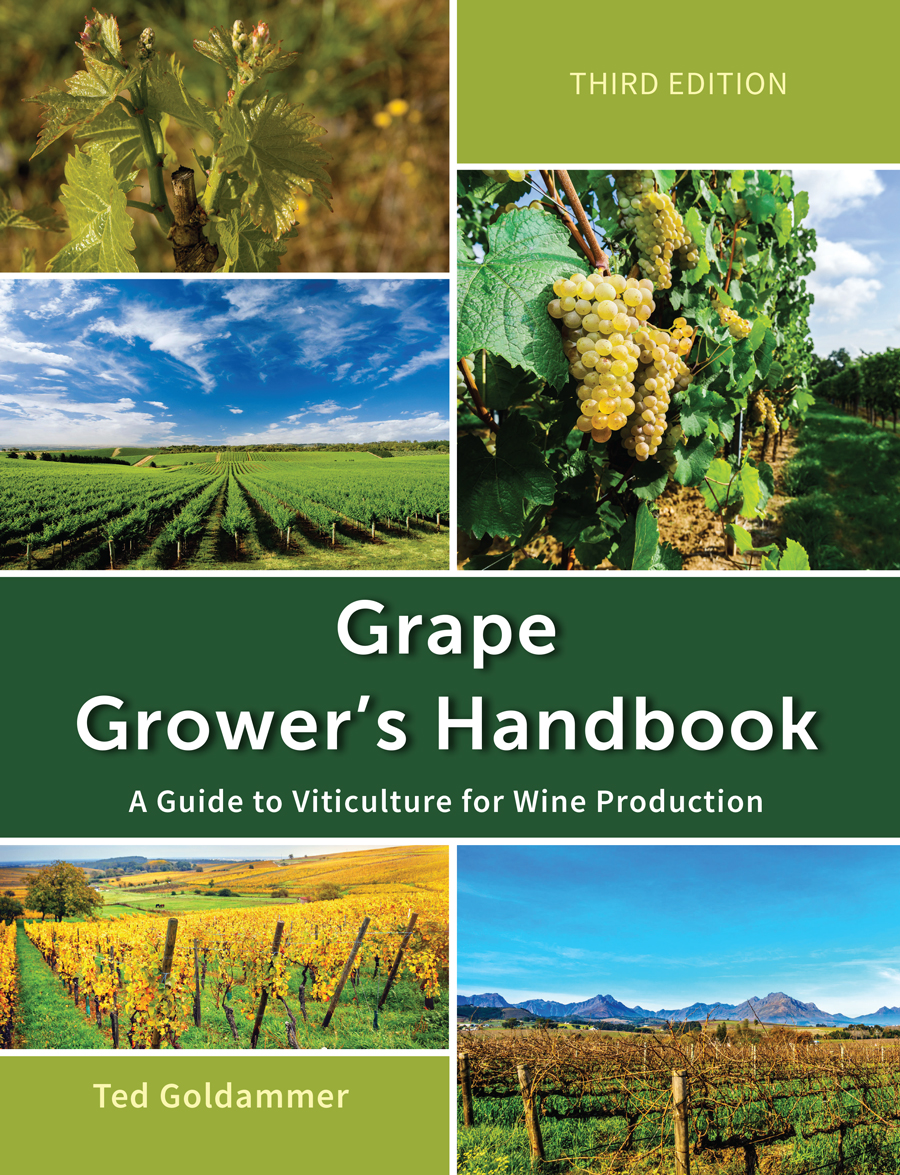Wine Grape Growing
Glossary
T
TA. Titratable acid is the measure of acid content in juice.
TANNIN. A phenolic compound in grapes that can impart an astringent taste. Commonly found in skins and seeds.
TARTARIC ACID. One of the two major organic acids in grapes and wine. Because it is relatively resistant to microbial breakdown, tartaric acid provides much of the stable acidity to wine.
T-BUDDING. A grafting technique where s single bud is inserted into a "T" shaped incision on the existing vine, matching the cambium tissues of the bud and the trunk. After the bud pushes and has produced a strong shoot, the remainder of the vine above the bud insertion is cut off.
TENDRIL. A curled structure arising from some nodes of the shoot and capable of attaching itself to other portions of the vine and non-vine structures (like the trellis).
TERROIR. French term used to designate a "place" which includes localized climate, soil type, drainage, wind direction, humidity and all the other attributes which combine to make one location different from another (pronounced "tair wah,").
THICKENER. An adjuvant that increases the viscosity of a spray mixture.
TRACE ELEMENTS. Minerals needed in very small amounts. In plants, these would include micronutrients such as the elements iron, boron, and zinc.
TRAINING. Shaping a vine into a specific shape, usually to effect some form of canopy management. Training systems are often referred to by indicating the location of the fruiting wood in terms of it relation to the vine's perennial wood (trunk, head or cordon) and by indicating the length of the fruiting wood (spur or cane).
TRELLIS. The hardware support structure which supports the vine and the crop.
TRUNK. The main upright structure of the vine from which cordons, shoots, & canes may arise. Vines may have more than one trunk.

